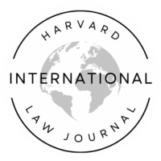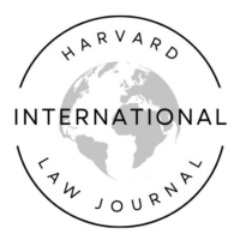By: Rebecca J. Hamilton
Abstract
Social media platforms are the public square of our era—a reality that has been entrenched by the widespread closure of physical public spaces in response to the COVID-19 pandemic. This online space is global in nature, with over 3.6 billion users worldwide, but its governance does not fall solely to governments. With the rise of social media, important decisions about what content does—and does not—stay online are made by private technology companies. Reflecting this reality, cutting-edge scholarship has converged on a triadic approach to understanding how the global public square operates—with states, users, and technology companies marking out three points on a “free speech triangle” that determines what content appears online. While offering valuable insights into the nature of online speech regulation, this scholarship, which has influenced public discussion, has been limited by drawing primarily on a recurring set of case studies arising from the United States and the European Union. As a result, the free speech triangle has locked in assumptions that make sense for the United States and the E.U., but that regrettably lack broad applicability.
This Article focuses our attention on the global public square that actually exists, rather than the narrow U.S.- and European-centric description that has commanded public attention. Drawing on interviews with civil society, public sources, and technology company transparency data, it introduces a new set of case studies from the Global South, which elucidate important dynamics that are sidelined in the current content moderation discussion.
Drawing on this broader set of materials, I supplement the free speech triangle’s analysis of who is responsible for online content, with the question of what these actors do. In this way, activity within the global public square can be grouped into four categories: content production, content amplification, rule creation, and enforcement. Analyzing the governance of the global public square through this functional approach preserves important insights from the existing literature while also creating space to incorporate the plurality of regulatory arrangements around the world. I close with prescriptive insights that this functional approach offers to policymakers in a period of unprecedented frustration with how the global public square is governed.

